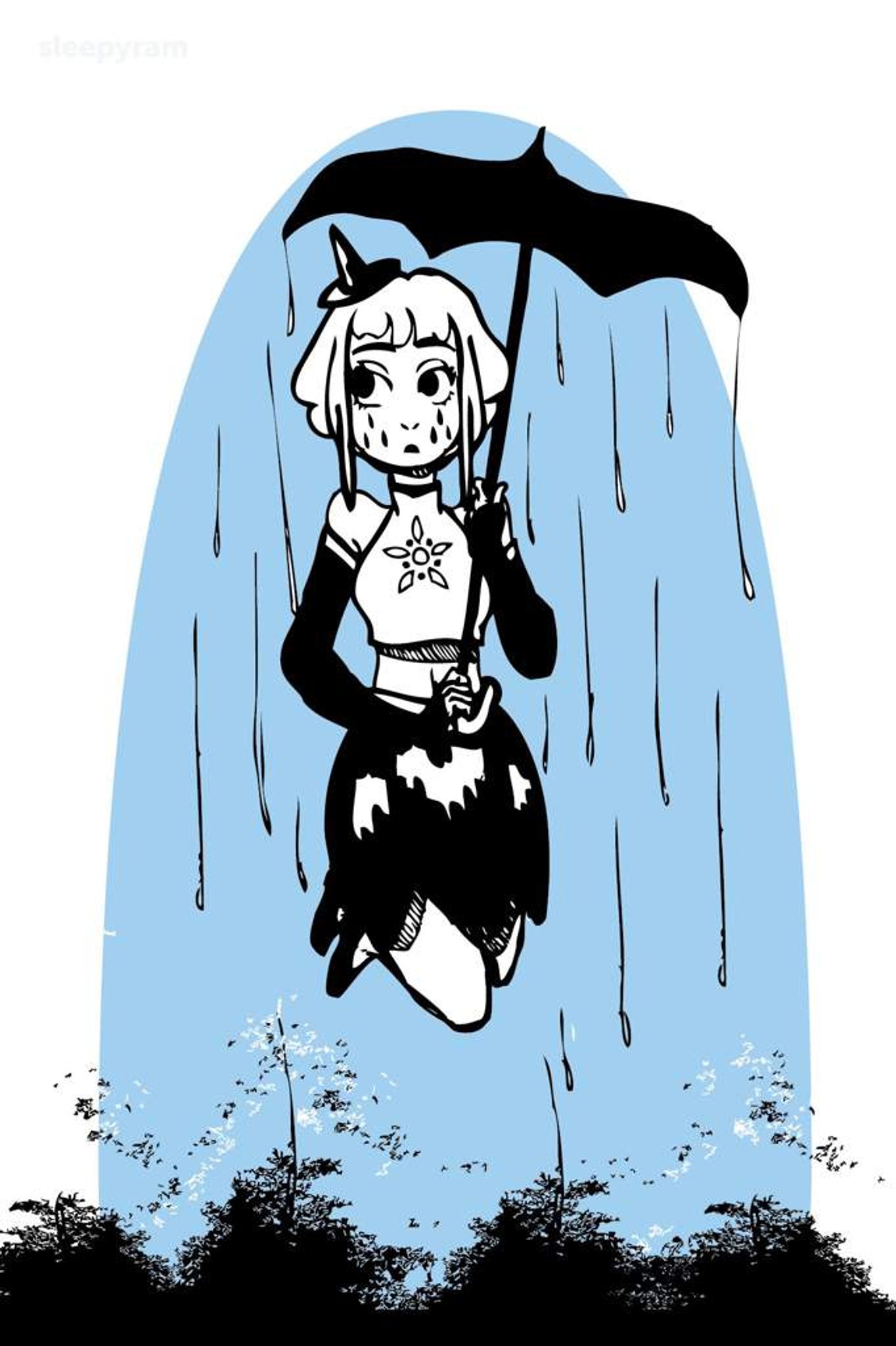

By the mid-19th Century, companies had begun to produce extracts of the plant for commercial sale.īy now you’re probably thinking, “All that is well and good, but what does witch hazel actually do?” Here is a list of 10 topical uses and why you should keep a bottle of witch hazel in your medicine cabinet: Uses For Witch Hazel Puritan colonists got wind of the plant’s potential almost as soon as they arrived in North America, and began making their own extracts.
#WITCH RAIN SPEEDINESS SKIN#
Its medicinal properties were well known to Native Americans, who used it for a variety of purposes, including to treat swelling, inflammation, tumors, and other skin ailments. Other popular names for witch hazel include “snapping hazel” and “winterbloom.” Medicinal Properties of Witch Hazel Rather, it comes from the Old English word wiche, which meant “pliant” or “bendable.” The term had been used in the names of several plant species in Europe for hundreds of years before it was applied to the genus Hamamelis in North America.

Though witch hazel’s healing powers are pretty magical, the word “witch” in its name actually has nothing to do with witches.

It occurs naturally throughout the eastern half of the United States and Canada. Yellow or orange flowers appear on the plant in the fall or winter, depending on the species. The plant features shiny, green oval leaves ranging in length from just under two inches to just over six and arranged alternately along the branches. Actually, though, it’s an extract produced from the leaves and bark of witch-hazel plants, Hamamelis virginiana-one of three species of deciduous flowering shrubs found in North America, both in the wild and as ornamental garden shrubs. It looks unassuming in its clear plastic bottle like it could be just plain water. Witch hazel has existed in its commercial form for about 150 years but has been in use for much longer. And it has nothing to do with witches! What Is Witch Hazel? It may seem hard to believe, then, that one of the most effective remedies in the drugstore sells for only a few dollars. On every shelf you’ll find chemical remedies for just about every imaginable ailment, all developed by pharmaceutical companies who invest hundreds of billions of dollars in the name of making massive profits. Walk into your local drugstore some time and take a look around.


 0 kommentar(er)
0 kommentar(er)
